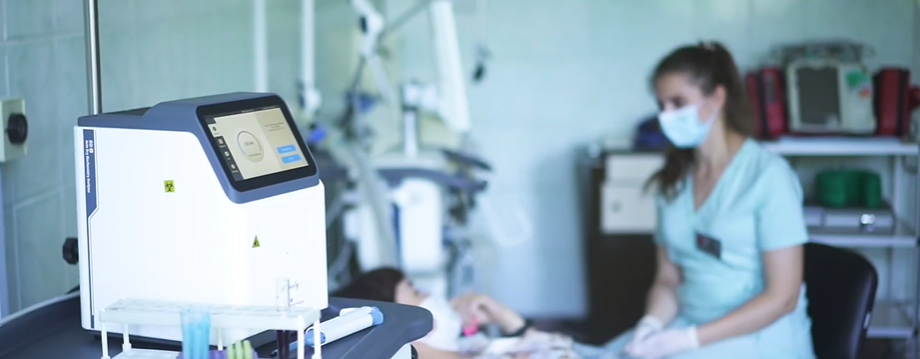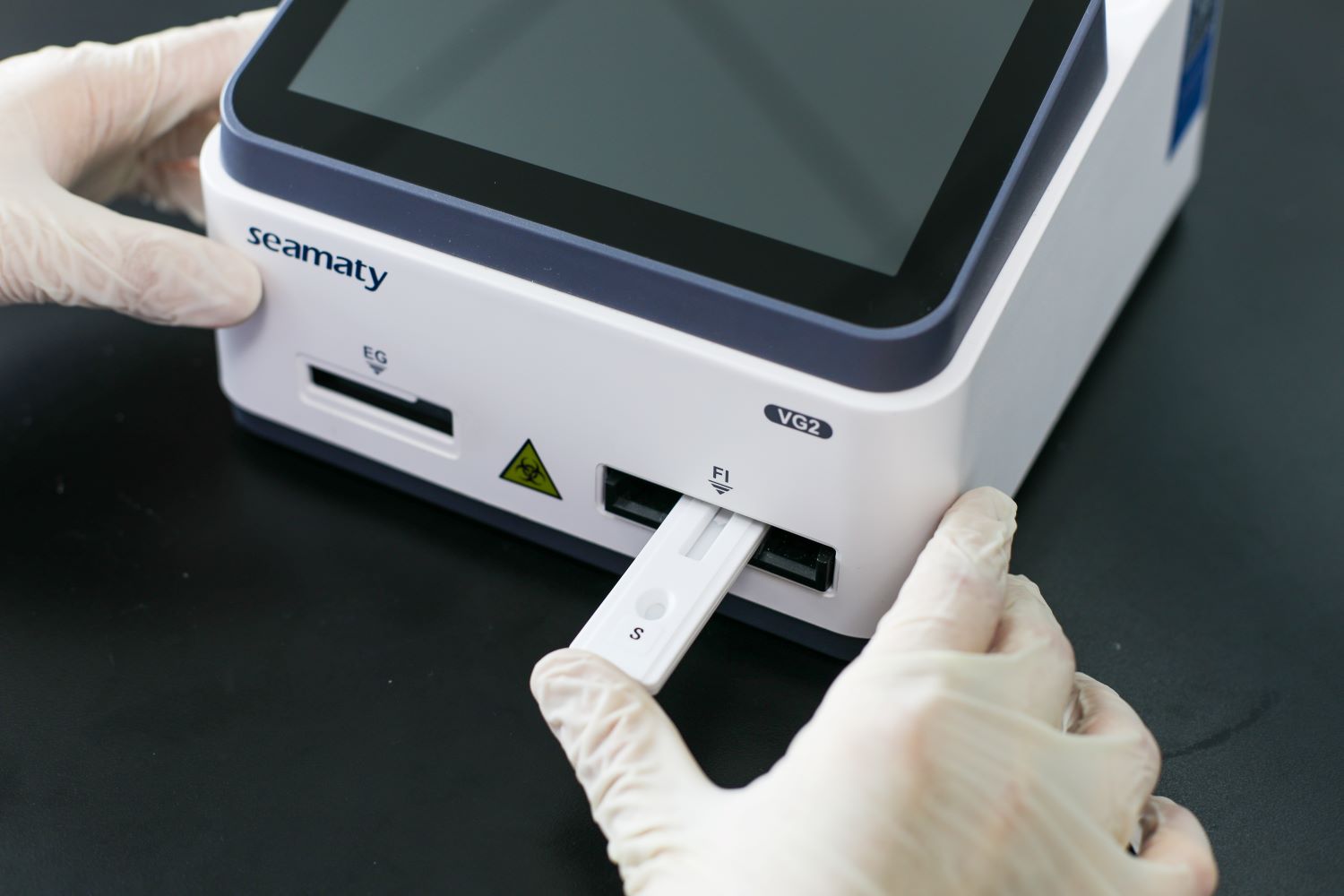1. In-Vitro Diagnostics Product Classification
IVD (In-Vitro Diagnostics) industry refers to the diagnostic method in which samples (blood, body fluids, tissues, etc.) are removed from the human body and then tested to determine diseases or body functions. According to the test methods and principles, the market segment of in-vitro diagnostic reagents can be divided into biochemical diagnosis, immunological diagnosis, molecular diagnosis, microbiological diagnosis, hematological diagnosis, etc.
According to different testing environments and conditions, in vitro diagnostics can be divided into clinical laboratory in vitro diagnostics and Point Of CareTesting (POCT). POCT can be operated on site by non-test professionals, and the results are generally available within 15 minutes, which is fast.

2. In vitro diagnostic market analysis
China's IVD market size reached 60.4 billion yuan in 2019, up 18.4% year-on-year.Among the IVD segments, the market size of immunodiagnostics,
biochemical diagnostics and POCT is the largest, accounting for 35%, 20-25% and 10+% of the overall IVD market volume in 2018, respectively (the proportion of molecular diagnostics is predicted to increase significantly in 2020).The fastest growth rate of IVD segments is POCT, immunodiagnostics and molecular diagnostics, 25%, 20% and 20% respectively. the rapid growth of POCT mainly benefits from the establishment of the five major centers (chest pain center, stroke center, trauma center, critical maternal treatment center, critical child and neonatal treatment center) of national policy and the implementation of the graded diagnosis and treatment policy.
3. Upstream and downstream analysis of IVD industry
The upstream of in vitro diagnostics includes the upstream of diagnostic instruments and diagnostic reagents. The upstream of diagnostic instruments mainly includes single photon counting module, sample addition needle, peristaltic pump, solenoid valve and other components. The upstream of reagents mainly includes core raw materials such as diagnostic enzymes, antigens, antibodies, magnetic particles, NC membranes and non-core chemicals and serum-based raw materials.
The downstream business of in vitro diagnostics is generally sold to end-users such as hospitals, medical examination centers, clinical examination centers, blood stations, epidemic prevention stations and blood product manufacturers through distributors (small amount or direct sales by manufacturers). At present, more than 90% of the downstream market of in vitro diagnostics is still medical institutions, and very few of them are for home use.
The upstream core raw materials of in vitro diagnostic reagents are basically monopolized by multinational companies. Such as Hytest's raw materials for myocardial markers, Meridian's raw materials for parasite and fungal detection, and Kamekwan's raw materials for glycated hemoglobin.
In the field of in vitro diagnostic instruments, the more mature instruments, such as biochemical instruments. Biochemical machines are basically in open status. High-end instrument field, such as chemiluminescence instrumentation, in order to ensure the stability of the experimental results, basically using the reagents and instruments integrated closed system. Chemiluminescence analyzers are developed by the manufacturers themselves or adopt OEM OEM model. At present, the instruments of each manufacturer are non-standardized in design, and there is no more uniform standard.
In addition, because the instrument of IVD is a multidisciplinary intersection field, integrating various disciplines such as high-speed automation, precision optics, non-standard structure, integrated circuit, fluid mechanics and biology. Therefore, the development of in vitro diagnostic instruments is difficult and the cycle is long, and only large IVD head enterprises have the strength to develop large supporting instruments corresponding to reagents. The IVD instrument development of small and medium-sized manufacturers is mainly distributed in small or less automated POCT instruments.



